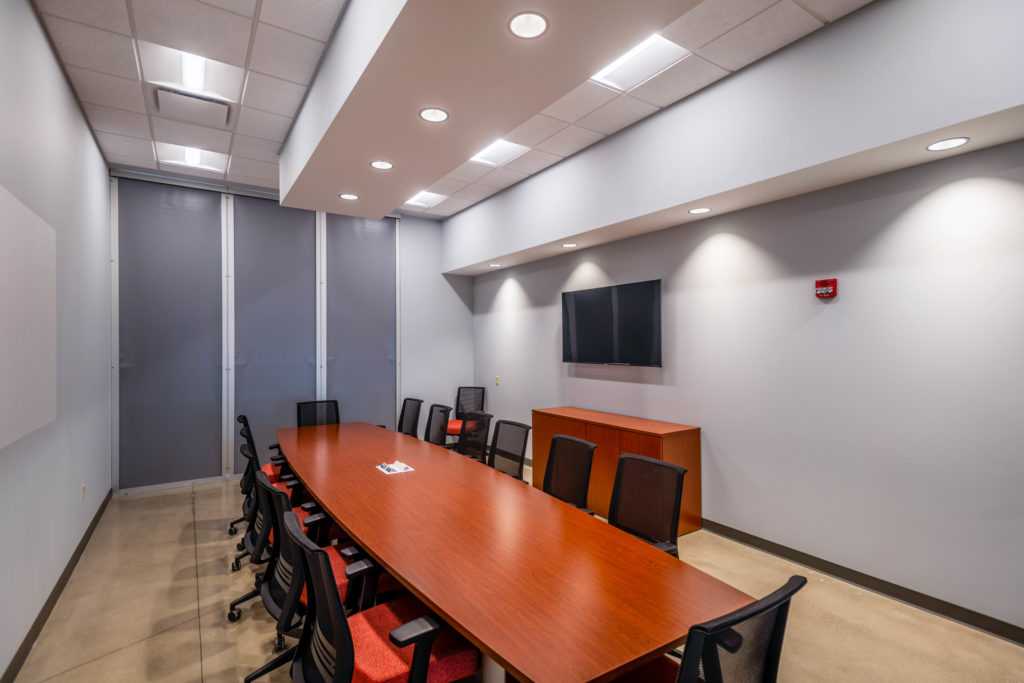

In the mid- to late 1990s, PITT OHIO EXPRESS had opened another five terminals in Ohio, Pennsylvania and Virginia. Of these deliveries, 95% were overnight deliveries. It was delivering 3,500 shipments (100% direct), throughout a seven-state region. The award is based on customer satisfaction.īeginning with its first three trucks in 1979, PITT OHIO EXPRESS had grown to 525 trailers, 450 tractors and 1,000 employees in 10 terminals by 1994. PITT OHIO EXPRESS won its first Quest for Quality Award in 1993 from Logistics Management Magazine. PITT OHIO EXPRESS provided good service to its customers and focused on “stretching next day lanes farther than any other carrier in the LTL industry.” Over the next 10 years, the company opened six additional terminals in Maryland, Ohio and Pennsylvania. PITT OHIO EXPRESS opened terminals in Cleveland, Baltimore, Norristown, Pennsylvania and Charleston, West Virginia, between 19. The trucking industry was deregulated in 1980 when Congress passed the Motor Carrier Act of 1980, which was subsequently signed into law by President Jimmy Carter.īecause of deregulation, Charles Hammel, Jr.’s vision of providing next-day service to customers between states was realized when he provided the guidance and funding for his sons to start their own business.Ī PITT OHIO EXPRESS tractor and trailer on the road. They named their business PITT OHIO EXPRESS (which was changed to PITT OHIO in 2011). The three Hammel brothers began hauling less-than-truckload (LTL) freight between Pittsburgh and Ohio. The company founded by his grandfather and continued by his father was where Charles (Chuck) Hammel, III began to learn about and began to love the transportation industry.Ĭhuck, Bob and Ken, the three sons of Charles Hammel, Jr., purchased three trucks and leased a small, one-door warehouse in East Liverpool, Ohio in 1979. His son, Charles Hammel, Jr., continued in the family business beginning in the 1940s. founded Hammel’s Express in 1919 with a horse, a buggy and one customer.


 0 kommentar(er)
0 kommentar(er)
